The question of what is the capital city of the Netherlands is not a completely straightforward one. Although Amsterdam is constitutionally the capital of the country because of its dominance and where the monarchs are sworn in, but for most of the history of the Dutch nation the seat of government has been at The Hague. That means that the royals maintain palaces in The Hague as well as the one in Amsterdam, the parliament meets in The Hague, and the supreme court and the government ministries are located there. So The Hague effectively has most of the functions of a capital city.
Like most capital cities The Hague (even if it's not really the capital) seems like an affluent and quite classy place
. While other cities in the Netherlands have strong individual identities and self-governing independent cities, The Hague’s history is fully associated with the Dutch nation. With parliament and courts and ministries and all the people who lobby them, there are lots of high-paid people in the city and it shows in solidity of the grand houses that line its residential streets.
I guess I was a little surprised to arrive at the huge central train station and find it surrounded by a big modern high rise business center, like a smaller version of London’s Canary Wharf or Paris’s La Defense. The main way from the station to the historic city center is on a broad pedestrian mall surrounded by a forest of skyscrapers, and the current city hall isn’t a traditional Stadhuis like in other Dutch cities but a gigantic modernistic white building obviously inspired by the Dutch De Stijl design movement. Parts of it look like a Piet Mondrian painting.
The Hague’s old town is centered around the Binnenhof, or inner court, a fortress that has existed since the 1200s and has been enlarged and remodeled over the centuries but still has a medieval or renaissance feel about it
. That’s especially true of the Ridderzaal, a knights’ hall that looks like a church from the outside. You can’t go into any of the buildings since they have official Dutch government functions, including the Parliament and Justice Ministry, housed in modern buildings on the same block which connect with the historic ones.
Beside the Binnenhof is a lake named the Hofvijver around which hotels, townhouses, and several museums cluster. Between the Maurithuis, the Prince William Gallery, The Hague Historical Museum, the Bredius Museum, and the Gevangenpoort, they kept me busy for most of the day. The Hague seems to have an inordinately large number of monuments and statues of prominent people. The residential streets are lined with impressive neoclassical mansions that give it a very wealthy and classy feel.
I was very impressed with The Hague, maybe partly because I had not heard too much about it previously and hadn’t formed much of an expectation of what it would be like. It seems as though most Americans who travel to The Netherlands treat the country as a one city nation and don’t see much other than Amsterdam. I can’t think of anyone I know who’s ever told me they have been to The Hague. That’s a shame because it really is a nice place and can be done as an easy day trip by train from Amsterdam.
The Hague - Seat of Government but not the Capital
Thursday, April 13, 2017
 The Hague, Zuid-Holland, Netherlands
The Hague, Zuid-Holland, Netherlands
Other Entries
-
1Delft - Classic Dutch Town of Vermeer and Porcelai
Apr 121 day prior Delft, Netherlandsphoto_camera157videocam 0comment 0
Delft, Netherlandsphoto_camera157videocam 0comment 0 -
2The Hague - Seat of Government but not the Capital
Apr 13 The Hague, Netherlandsphoto_camera76videocam 0comment 0
The Hague, Netherlandsphoto_camera76videocam 0comment 0 -
3Mauritshuis - Art of the Dutch Golden Age
Apr 13later that day The Hague, Netherlandsphoto_camera59videocam 0comment 0
The Hague, Netherlandsphoto_camera59videocam 0comment 0 -
4Rotterdam - Cutting Edge Modern Architecture
Apr 141 day later Rotterdam, Netherlandsphoto_camera105videocam 0comment 0
Rotterdam, Netherlandsphoto_camera105videocam 0comment 0 -
5Rotterdam - Boijmans Van Beuningen Museum
Apr 141 day later Rotterdam, Netherlandsphoto_camera43videocam 0comment 0
Rotterdam, Netherlandsphoto_camera43videocam 0comment 0 -
6Rotterdam Port - Largest in Europe, 3rd Worldwide
Apr 141 day later Rotterdam, Netherlandsphoto_camera72videocam 0comment 0
Rotterdam, Netherlandsphoto_camera72videocam 0comment 0 -
7Dordrecht - Oldest City in the Holland
Apr 152 days later Dordrecht, Netherlandsphoto_camera97videocam 0comment 0
Dordrecht, Netherlandsphoto_camera97videocam 0comment 0 -
8Kinderdijk - The Story of Dutch Windmills
Apr 152 days later Kinderdijk, Netherlandsphoto_camera41videocam 0comment 0
Kinderdijk, Netherlandsphoto_camera41videocam 0comment 0 -
9The Hague -Peace and Art in International District
Apr 163 days later The Hague, Netherlandsphoto_camera64videocam 0comment 0
The Hague, Netherlandsphoto_camera64videocam 0comment 0 -
10Gemeente Museum - 19th & 20th Century Dutch Ar
Apr 163 days later The Hague, Netherlandsphoto_camera65videocam 0comment 0
The Hague, Netherlandsphoto_camera65videocam 0comment 0 -
11Scheveningen - Where Holland Goes to the Beach
Apr 163 days later Scheveningen, Netherlandsphoto_camera40videocam 0comment 0
Scheveningen, Netherlandsphoto_camera40videocam 0comment 0 -
12Utrecht - Ancient University City in Central Nethe
Apr 174 days later Utrecht, Netherlandsphoto_camera127videocam 0comment 0
Utrecht, Netherlandsphoto_camera127videocam 0comment 0 -
13Kroller-Muller Museum - Van Goghs Galore
Apr 185 days later Otterlo, Netherlandsphoto_camera79videocam 0comment 0
Otterlo, Netherlandsphoto_camera79videocam 0comment 0 -
14Apeldoorn - The Het Loo Royal Palace
Apr 185 days later Apeldoorn, Netherlandsphoto_camera82videocam 0comment 0
Apeldoorn, Netherlandsphoto_camera82videocam 0comment 0 -
15Eastern Gelderland - Zutphen & Hoge Veluwe
Apr 196 days laterZutphenphoto_camera56videocam 0comment 0 -
16Overijsel Province - Hanseatic Zwolle & Kampen
Apr 207 days later Kampen, Netherlandsphoto_camera75videocam 0comment 0
Kampen, Netherlandsphoto_camera75videocam 0comment 0 -
17Northeast Polder - Life Below Sea Level
Apr 207 days laterUrkphoto_camera95videocam 0comment 0 -
18Friesland - Province apart from rest o Netherlands
Apr 207 days laterHindeloopenphoto_camera36videocam 0comment 0 -
19Alkmaar - 600 Year Old Friday Cheese Market
Apr 218 days later Alkmaar, Netherlandsphoto_camera67videocam 0comment 0
Alkmaar, Netherlandsphoto_camera67videocam 0comment 0 -
20Alkmaar - Noord Holland's Medieval Heart
Apr 218 days later Alkmaar, Netherlandsphoto_camera56videocam 0comment 0
Alkmaar, Netherlandsphoto_camera56videocam 0comment 0 -
21Keukenhof Gardens -Like Disney World for Gardeners
Apr 229 days later Lisse, Netherlandsphoto_camera134videocam 0comment 0
Lisse, Netherlandsphoto_camera134videocam 0comment 0

 The Hague, Zuid-Holland, Netherlands
The Hague, Zuid-Holland, Netherlands
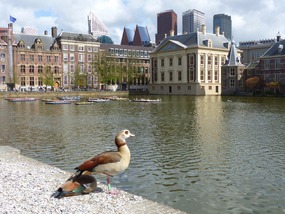

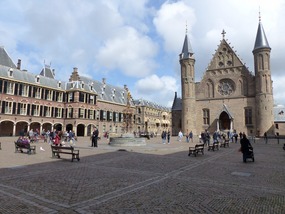
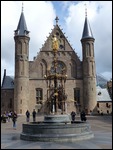

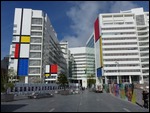
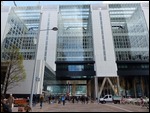
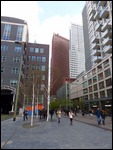

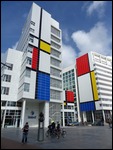
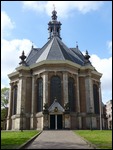
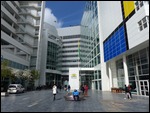
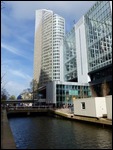
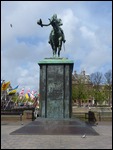
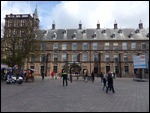
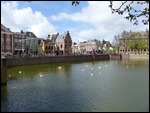

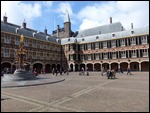
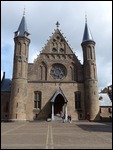
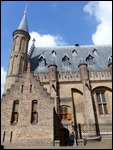
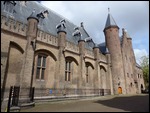
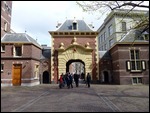
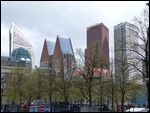
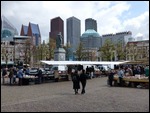
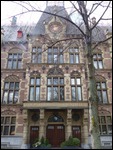
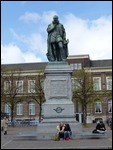
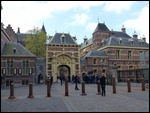
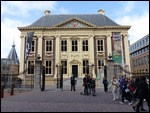
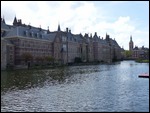
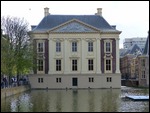
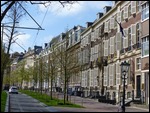
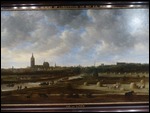
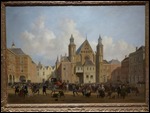

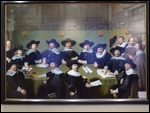

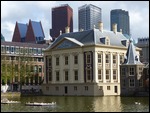
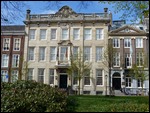
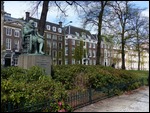
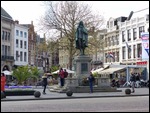
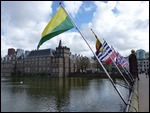
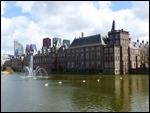
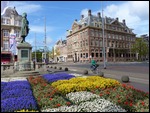



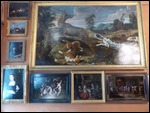


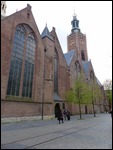
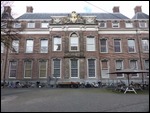


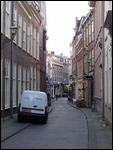
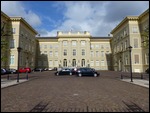
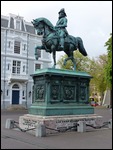

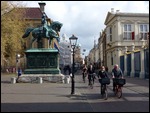
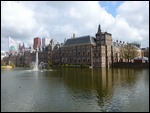
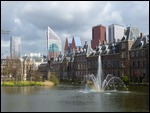
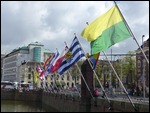
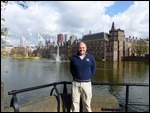
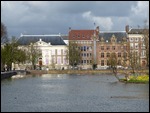

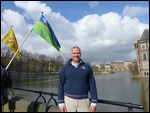
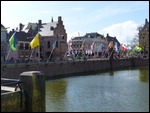
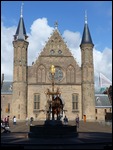
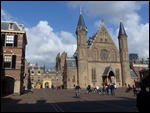
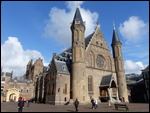
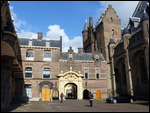
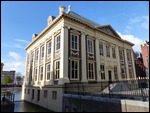
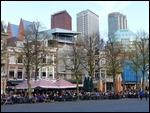
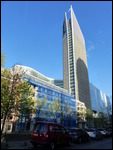
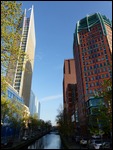
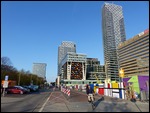
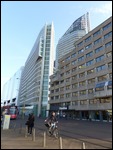
2025-05-22